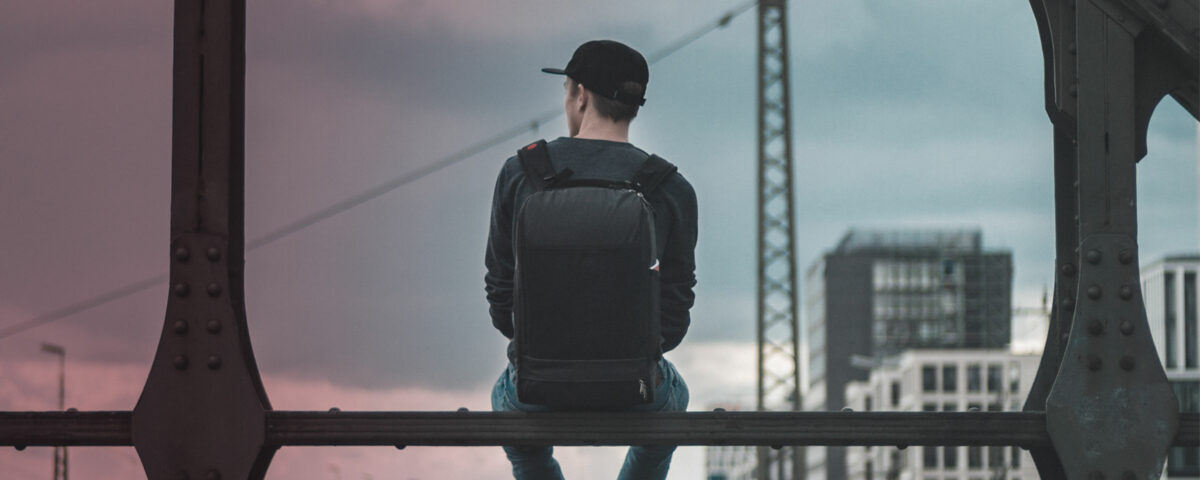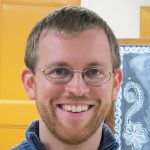I live in a neighborhood that, to the world outside it, is virtually invisible.
Places like my neighborhood in East Dayton are almost never depicted in TV shows or in movies — if they are, they are represented as alien places into which the protagonists enter with some peril.
People in my neighborhood ... have different basic assumptions about the way the world works.There are no shops or boutiques or other desirable destinations in my neighborhood that would bring the wealthier residents of the now bustling downtown district or the already prospering suburbs to our streets.
People die of heroin overdoses nearly daily, but these are not the people whose deaths make it on the evening news — unless a particular death was spectacular for some other, usually gruesome reason.
People in my neighborhood think differently from those who live elsewhere; they reason differently and have different basic assumptions about the way the world works.
They know from experience that hard work will not likely get them ahead. They know that those who have power (bureaucratic, cultural, or physical) over their lives, will usually regard them with suspicion at best.
The way they speak, the way they look, the way they carry themselves all convey subtly or not so subtly that they are not part of the “us” from which those who have power nearly all come.
The people in my neighborhood are mostly white. But some are black. Some are of Arab descent. And there are growing numbers of Spanish-speaking and Muslim immigrants. But the vast majority of my neighbors, whatever their race, are united by their poverty and by their powerlessness.
Class System
There are many fissures in American society. Racial fissures remain deep and troubling. But I am convinced that the deepest fissure now lies between three classes of people.
These classes are distinguished, I believe …
- primarily by education;
- secondarily by income and occupation;
- and as a consequence of these factors, by actual physical geography.
These classes are physically clustering together (and away from one another) to a remarkable degree.
The bottom 20 percent (these percentages are rough estimates) of Americans live in places like East Dayton. Their communities lack resources, their children receive poor educations, very few go to college, and many have a tenuous relationship at best to the labor market.
They grow up disproportionately in broken homes and suffer childhood traumas at disproportionate rates.
Black and brown-skinned peoples are widely over-represented in this poor group due to ongoing systemic racism and the sad history of slavery, discrimination, and bigotry in our country, but there are plenty of white folks in this category as well, and the disdain of the cultural elite for white “trailer trash” is often sharper and crueler than the bland platitudes and practical negligence that the cultural elite typically offer poor black folks.
The middle 60 percent of Americans contains a wide swath of people, some of whom are falling downward, some who are clambering upward in the economic, educational, and status-based class calculus our country is covertly obsessed with.
The top 20 percent of Americans live in communities as segregated by class as do the bottom 20 percent. Nearly everyone in my neighborhood is poor — but there are neighborhoods and areas that are my neighborhood’s weird twins, places where nearly everyone has an above average income, where large majorities have at least a college degree and most have more than their bachelor’s. White people are widely over represented in this group, but this group contains an increasing number of racial minorities.
I’ve lived in Princeton, and I’ve lived in East Dayton.
I have inhabited both worlds, and I can say without exaggeration that people native to these two cultural ecosystems are nearly incomprehensible to one another and that the incomprehensibility is due to two fundamental and obvious facts.
First, nearly everything about the life of a person born in East Dayton and a person born in Princeton is different — including the ways the rules of our society apply to them.
Second, the native East Ender and the native Princetonian are likely to never meet, much less form a friendship. This class-based separation is profound.
What is the answer to this divide? How can it be bridged?
Bridging the Divide
I ask these questions as a Christian, not as an American.
I have some ideas about ways the American government could more justly allocate resources to decrease the stratification of our society, but I am not confident in the efficacy of those ideas. Nor is running the American government my concern as a citizen of the Kingdom of God.
Moreover, it is easy for me to hold a political opinion about how the government should heal this divide; it is much harder (and, I believe, ultimately much more valuable) to cross it myself.
I am much more confident in what I believe the Church needs to be doing right now to bridge this chasm.
Here, I can only share, in abbreviated fashion, one such suggestion: educated Christians and professionals should move to and live in places like East Dayton, where doctors, lawyers, educators and others are needed.
They should move not because they can “save” those they meet there, but to become their friends and to be their neighbors, to share life with them and learn from them. Christ will do the saving through his body when his body fully and truly reflects him with a fulsome racial, economic, and cultural diversity.
Such upwardly mobile Christians who choose the path of downward mobility should join existing churches in the neighborhoods to which they move, even if the style of worship and the polish of the preaching are initially off-putting to their tastes. If the true Jesus is worshipped there truly, join up. Where no such churches exist, then such folks should start them up in their homes. This can be done for free!
The divides in our country are stark, but we serve a God who crossed an even greater chasm to save us from sin and death. May we not hesitate to join him in the ministry of boundary crossing!
Originally published for the spring 2017 issue of Shalom: A Journal for the Practice of Reconciliation.


